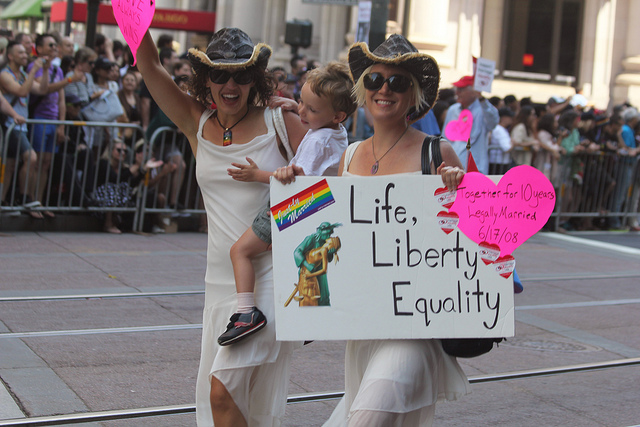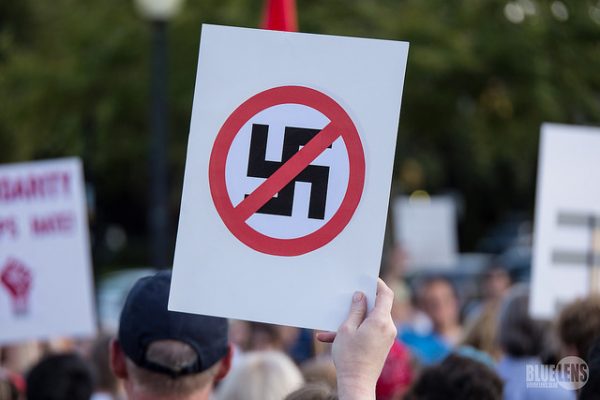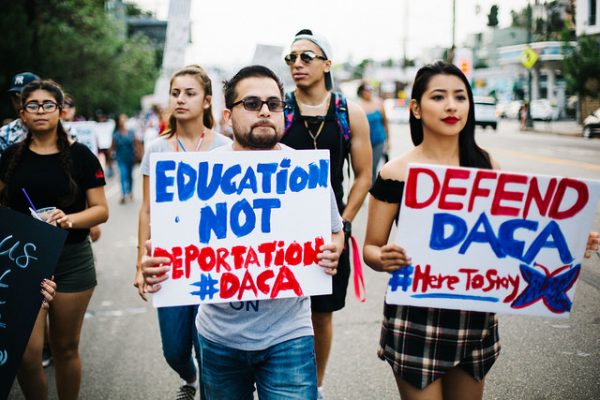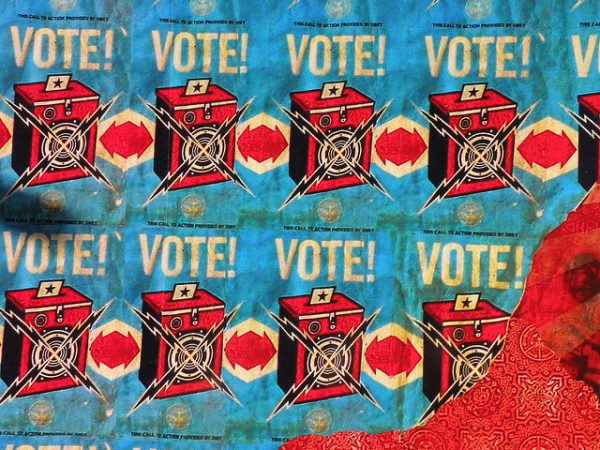
Every year the FBI releases its Uniform Crime Report (UCR), an annual collection of crimes reported to local police agencies across the United States. When the FBI released the 2016 report last year, it was missing many key tables, spurring a letter from criminologists asking that Jeff Sessions and the FBI director, Christopher A. Ray, release the report in its complete form (as it had been in previous years). Although the FBI claims that the trimming of the report was planned for many years, other reports suggest that this may not be the case. So what exactly is missing from the UCR and why does it matter to social science research?
The 2016 UCR is missing tables from the Supplementary Homicide Reports (SHR), which include data on homicide victims’ relationships to perpetrators and other situational circumstances of homicides. Without these data, researchers — like those studying intimate partner and family violence — will be unable to track these aspects of homicides over time. In the past, researchers used the SHRs to examine how declining marriage rates, increased access to domestic violence services, and the improved economic standing of women contributed to a sizable decrease in spousal homicide from the 1970s to the 1990s. Others used the SHRs to examine the geography of interpersonal homicide, indicating that rural residents may be more susceptible to intimate partner and familial homicides than residents of metropolitan areas.
- Laura Dugan, Daniel S. Nagin, and Richard Rosenfeld. 1999. “Explaining the Decline in Intimate Partner Homicide: The Effects of Changing Domesticity, Women’s Status, and Domestic Violence Resources.” Homicide Studies 3(3): 187-214.
- Adria Gallup-Black. 2005. “Twenty Years of Rural and Urban Trends in Family and Intimate Partner Homicide: Does Place Matter?” Homicide Studies 9(2): 149-173.
- Wesley G. Jennings and Alex R. Piquero. 2008. “Trajectories of Non-Intimate Partner and Intimate Partner Homicides, 1980-1999: The Importance of Rurality.” Journal of Criminal Justice 36(5): 435-443.
Like many other national databases, the Supplemental Homicide Reports suffer from some data quality issues. One study finds that data establishing the relationship between a victim and perpetrator in the SHRs may be particularly unreliable. While this may suggest that dropping some tables from the UCR may have been a strategic move by the FBI, most studies of the SHR data quality call for more efficient and effective data collection prior to compiling an SHR, as well as better variable measurement by the SHR, rather than complete dismissal of the reports.
- Thomas D. Bazley and Thomas Mieczkowski. 2004. “Researching Workplace Homicide: An Assessment of the Limitations of the Supplementary Homicide Reports.” Journal of Criminal Justice 32(3): 243-252.
- Jesenia M. Pizarro and April M. Zeoli. 2013. “An Assessment of the Quality of Homicide Data in the Supplementary Homicide Reports: A Research Note.” Justice Quarterly 30(4): 711-731.
Beyond homicide data, which also includes gang and drug-related homicides, the 2016 Uniform Crime Report is missing many additional tables. One of these is drug arrests by specific drug types, including synthetic opioids or heroin. This is a particularly surprising omission considering the opioid epidemic is a major policy concern for the Trump administration. The recent call to action by criminologists appears to have been successful — FBI Director Wray indicated at a December House Judiciary Committee hearing (see 3:28:35 for Wray’s statement) that the FBI now plans to republish the UCR with all of the missing tables included. This is good news for social scientists, who argue that we cannot have effective policies on social issues such as crime and drug use without the data that drive these critical decisions.









